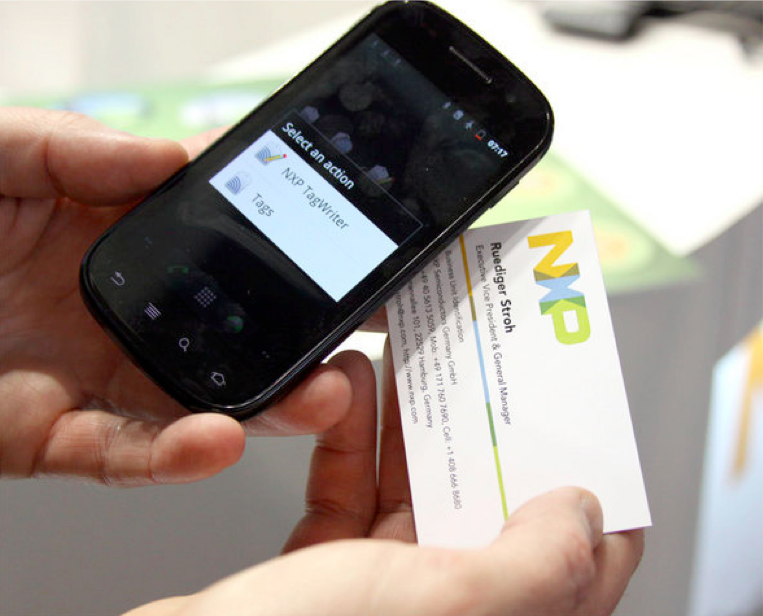Android NFC Tutorial – Part 1
This post assumes basic familiarity with Java and the Android SDK. It gives you a brief intro on how to talk to the NFC API to read a tag and subscribe to an event that detects it. Read more →
This post assumes basic familiarity with Java and the Android SDK. It gives you a brief intro on how to talk to the NFC API to read a tag and subscribe to an event that detects it. Read more →
 Overview
OverviewNFC Data Exchange Format, or NDEF, is the most widely supported format for writing and reading NFC tag data. It’s a lightweight, binary message format used to encapsulate arbitrary data like URL’s or MIME-TYPE. The format is composed of NDEF Messages which contain an array of NDEF Records each encapsulating a certain type of data.
NFC stands for Near Field Communication and unless you’ve been living under a rock, it’s very likely that you’ve used some form of it. The technology has been around for over a decade and found it’s way into public transportation cards, access cards, and credit cards. To create something useful with it you need readers and tags. The readers send out energy that wake up the tags to respond. It’s this dialog that tranfers data between the two. Because NFC is designed to use magnetic energy, it’s very low power and only works when the reader and tag are less than 2in away. This may sound like a bad thing, but not really.

